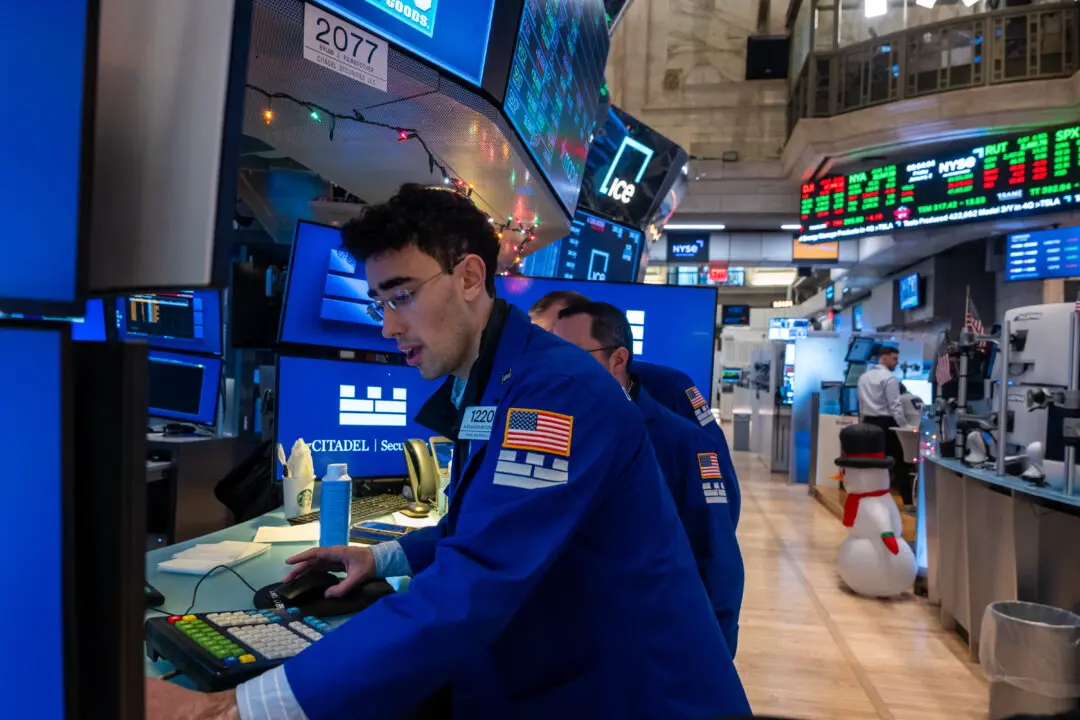Americans are under increasing financial pressure, and the stress is beginning to show across multiple fronts.
For well over a year now, inflation has ravaged Americans’ wallets. Despite October’s slightly lower Consumer Price Index (CPI) rate of 7.7 percent versus 8.2 percent in September, “base effects”—i.e., the fact that inflation was already raging at 6.2 percent in October 2021—have resulted in Americans’ purchasing power shrinking by 14.4 percent in just two years. Even this number likely underestimates the real loss of the value of the dollar felt by working- and middle-class households that spend most of their income on food, energy, and housing—three essential areas with higher inflation than the CPI average.






